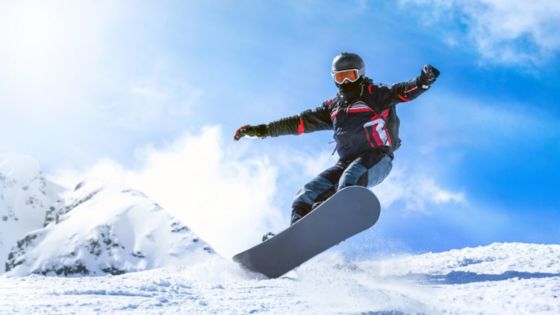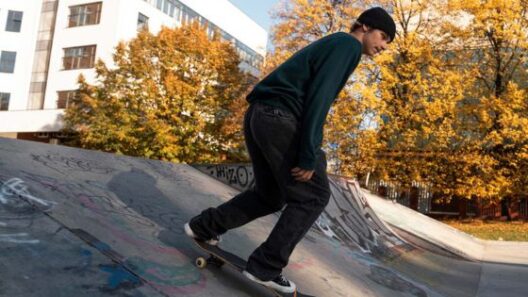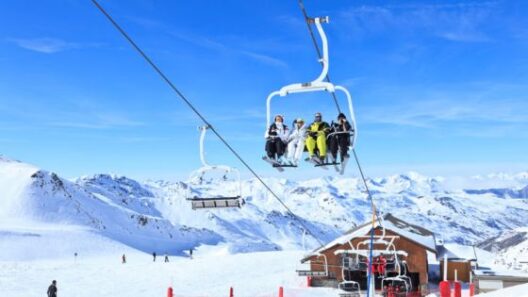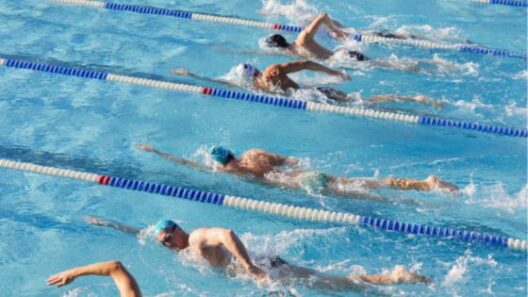When winter rolls around, two sports dominate the slopes: skiing and snowboarding. If you’re new to snow sports, you’ve probably asked yourself: Which one is harder to learn? Both have passionate fans and unique challenges, but the answer isn’t as straightforward as it seems.
Let’s break down the differences between skiing and snowboarding, so you can decide which one suits you best.
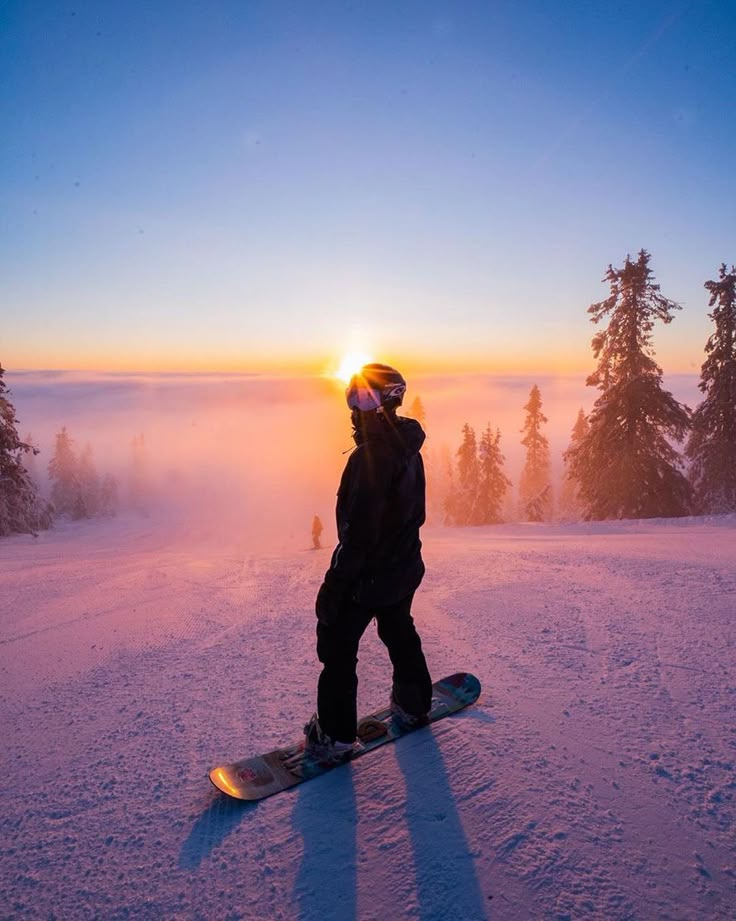
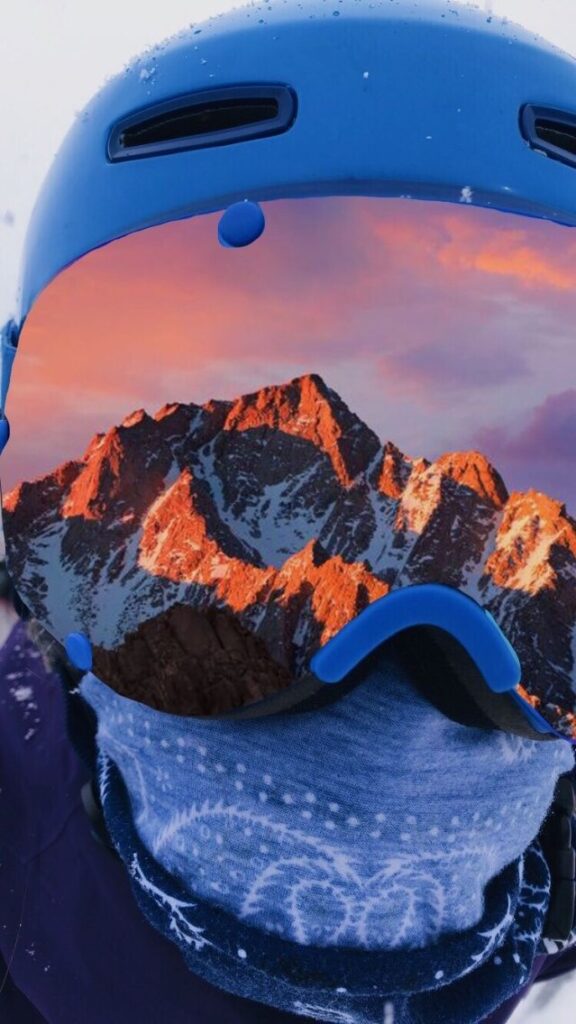
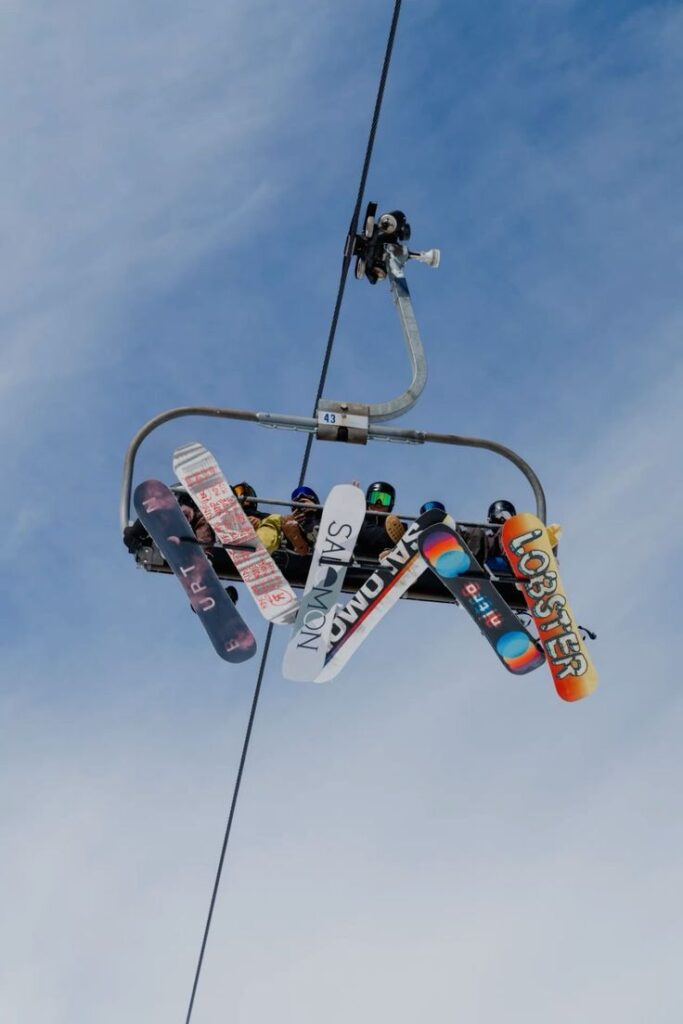
Key Takeaways
- Skiing is often easier for beginners to pick up, while snowboarding has a steeper initial learning curve.
- Snowboarding requires more balance and body coordination, especially at the start.
- Skiing offers more stability early on but can become technically harder at advanced levels.
- Both sports demand leg strength, endurance, and practice to progress.
- The choice depends on your goals, fitness level, and personal preference.
Learning Curve: Skiing vs Snowboarding
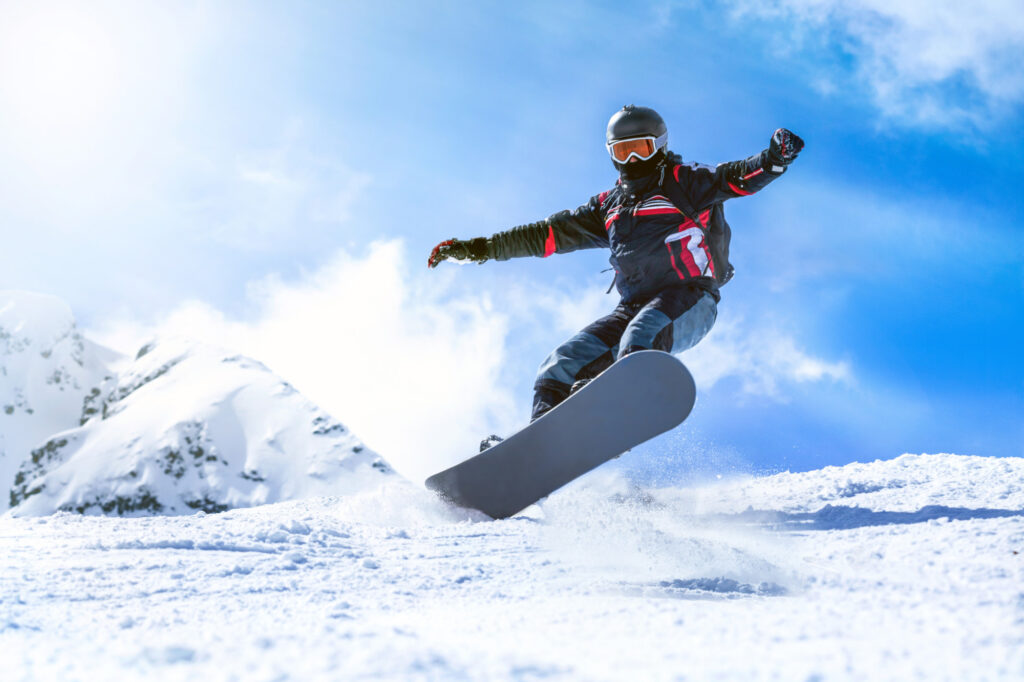
Skiing: Most beginners find skiing more natural. Your legs move independently, which provides better balance and stability. Sliding forward feels intuitive, making the first few days less intimidating.
Snowboarding: In contrast, snowboarding often feels awkward at the beginning. With both feet strapped to the same board, it takes time to develop balance and control. Falls are common, but once you get past the early stages, progression tends to be faster than with skiing.
Physical Demands
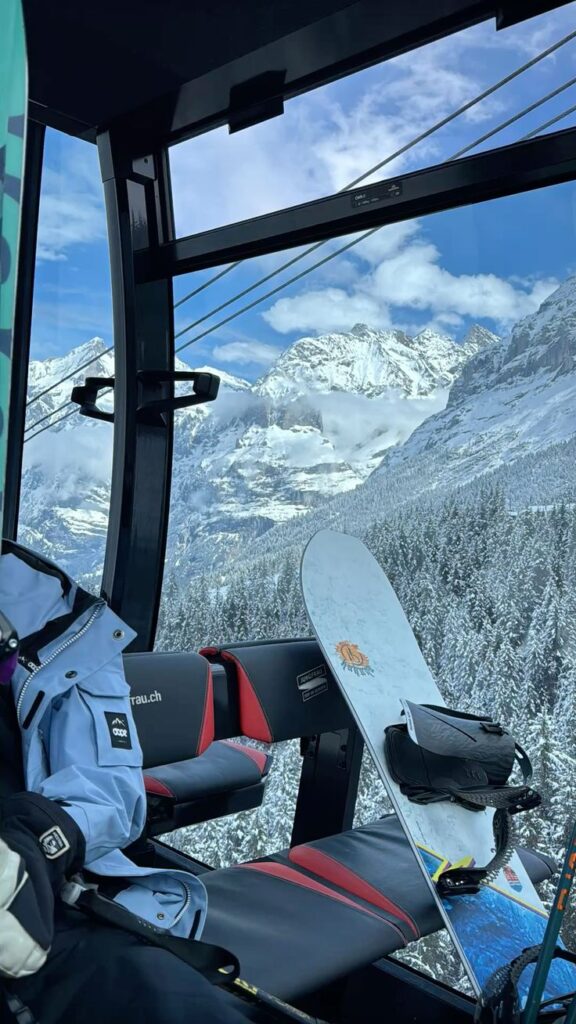
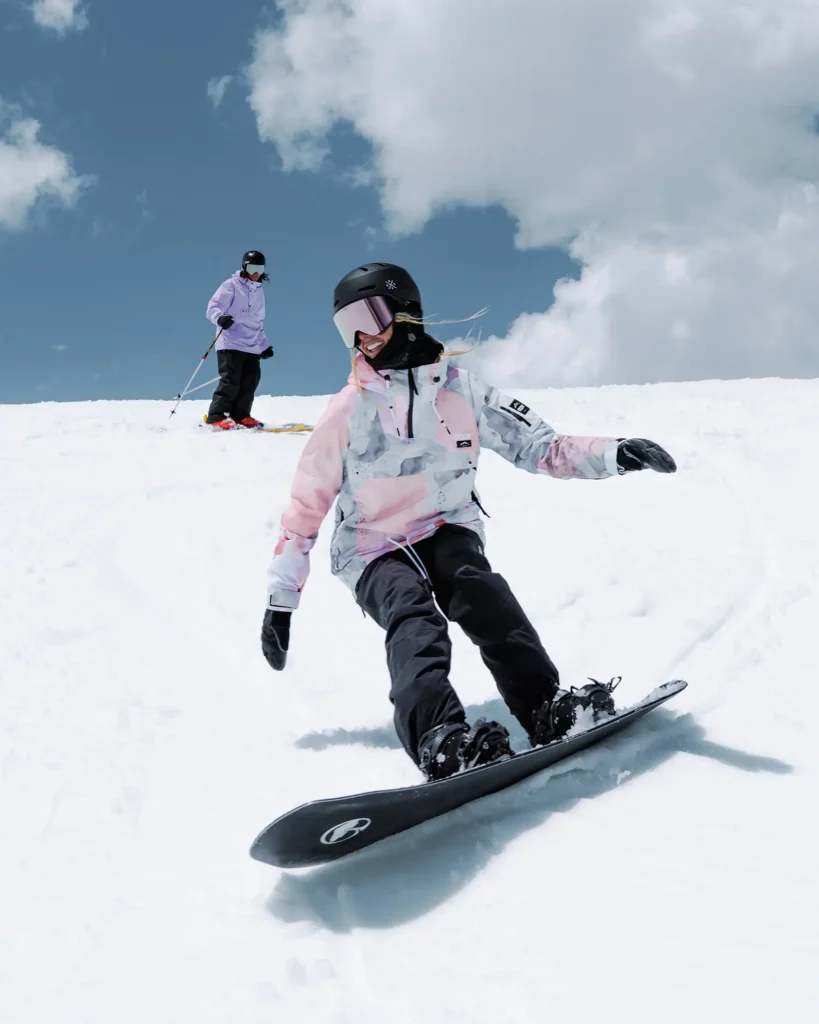

Both skiing and snowboarding require strength and stamina, but they challenge your body differently.
- Skiing: Puts more stress on the knees and quads. Beginners may feel sore in the thighs after long sessions.
- Snowboarding: Engages the core and hips more, as well as balance muscles in your legs and back.
If you already have good core stability, snowboarding may come easier. If leg strength is your strong suit, skiing might feel more comfortable.
Safety and Common Injuries
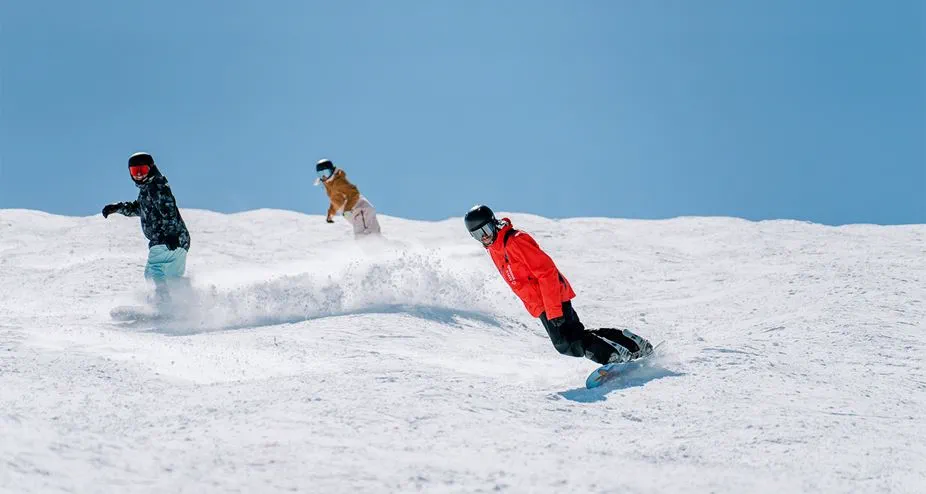
No sport is risk-free, but injury patterns vary:
- Skiing injuries: Often involve the knees (ACL tears) due to twisting motions.
- Snowboarding injuries: More likely to involve wrists and shoulders from falls. Wearing wrist guards can significantly lower risk.
Protective gear like helmets and pads is essential for both.
Progression Over Time
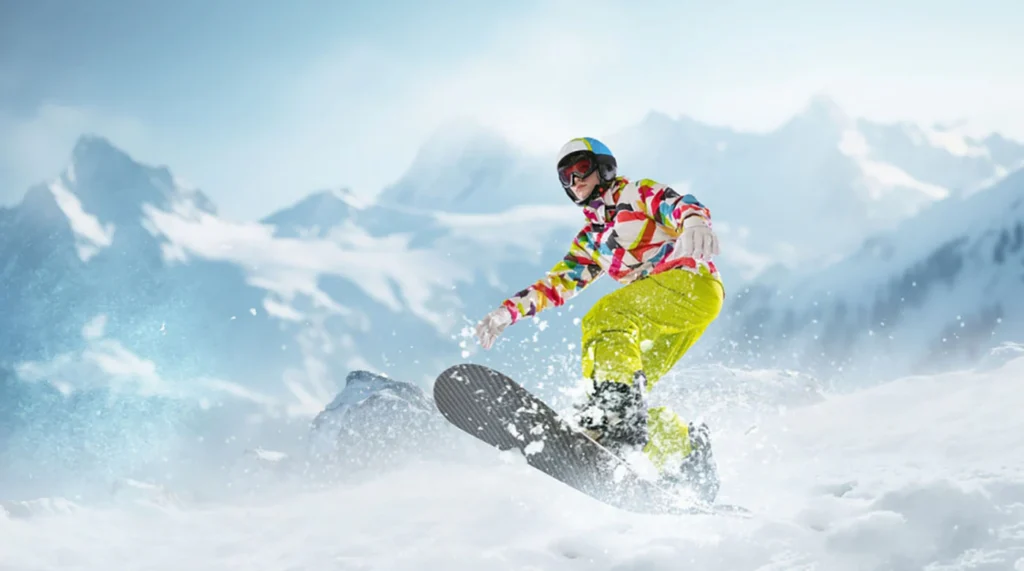
- Skiing: Feels easier in the beginning but gets more technical at higher levels, especially on steep slopes or moguls.
- Snowboarding: Starts out tough, but once you master balance and turns, it becomes smoother to progress.
In short: skiing is easier at first, harder later. Snowboarding is harder at first, easier later.
Which Should You Choose?
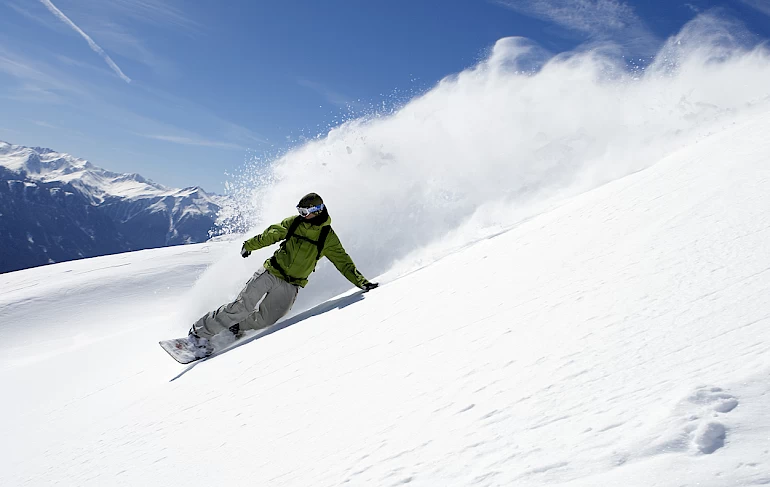
The best choice depends on your personal goals:
- Pick skiing if you want a quicker start and prefer controlled, stable movement.
- Choose snowboarding if you don’t mind a few rough days at the start and want a sport that feels more fluid and stylish once you’ve learned the basics.
FAQs
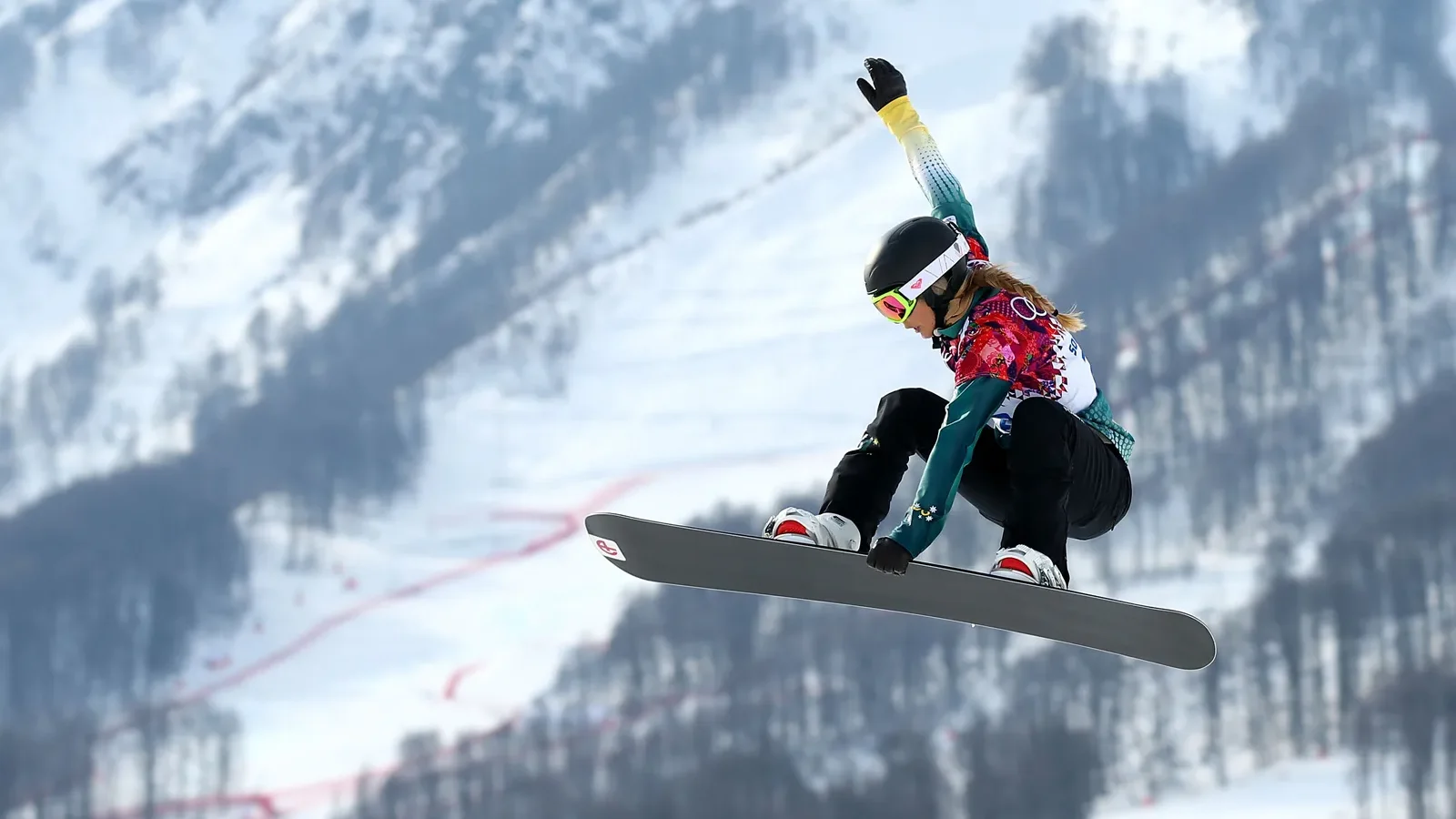
1. Is snowboarding really harder to learn than skiing?
Yes, snowboarding has a steeper learning curve at first, but progression after that point can feel smoother.
2. Which is safer: skiing or snowboarding?
Both carry risks. Skiing is harder on the knees, while snowboarding often causes wrist and shoulder injuries.
3. How long does it take to get comfortable?
For skiing, most people feel confident after 2–3 days. For snowboarding, it may take 4–6 days.
4. Do I need to be really fit to start?
Not necessarily. A decent base level of leg and core strength helps, but both sports are beginner-friendly with the right mindset.
5. Which sport is more expensive?
Costs are fairly similar—lift tickets and gear rentals dominate expenses. Snowboard boots are often more comfortable than ski boots, which may be a deciding factor.
Conclusion
So, which one is harder to learn: skiing or snowboarding? Skiing usually feels easier in the beginning, while snowboarding challenges you more upfront. Over time, though, snowboarding progression can feel smoother. Ultimately, the best sport is the one that excites you most—because the more fun you have, the faster you’ll improve.
